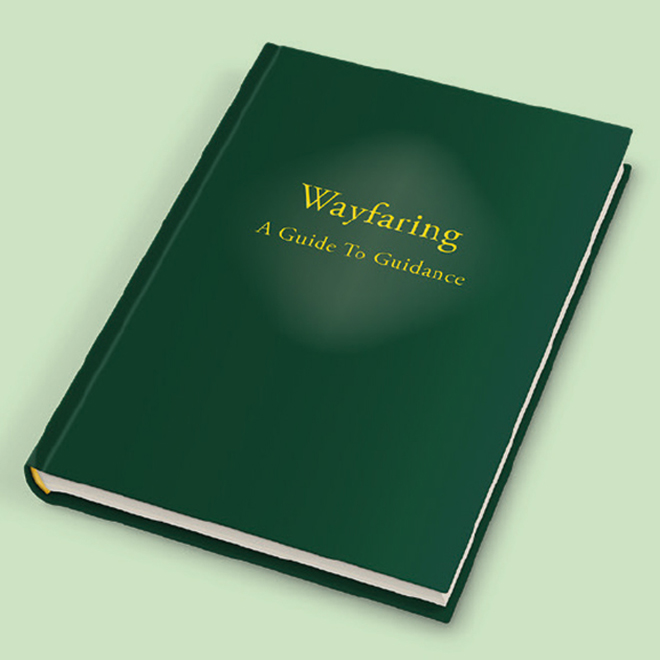Francisco de Zurbarán (1598–1664). Virgin of the Misericordia, 1634 Photo: © Photo Imagen MAS Courtesy of Museo de Bellas Artes, Seville.
Sacred heart
Ron Kentish is witness to some powerful visions
Anyone who has experienced semana santa (holy week) in Spain will appreciate the extraordinarily dramatic way in which the story of the Passion of Christ is depicted in colourful processions through the streets. Dating back to the sixteenth century, they are at there most Catholically extravagant in Andalusia – especially Malaga and Seville – where people carry floats depicting scenes from the story of the fall and rise again of Jesus Christ along with images of saints and the Virgin Mary. These life-sized painted sculptures are mounted on the floats, each float depicting a differed episode from the passion. A heady flavour of this Spanish passion is captured in a powerful exhibition at the National Gallery in London entitled The Sacred Made Real. In the dramatically illuminated virtual darkness of the Sainsbury Wing, religious paintings and sculptures from seventeenth century Spain are brought vividly to life in a dramatic and often disturbing way.
